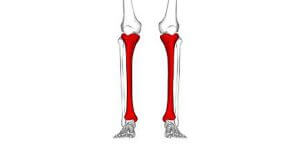Acute sprain of the ligaments of the ankle joint is a common medical and socioeconomic problem. The lateral ligaments are relatively less stable than the medial ligaments and are therefore more often involved. Around half the injuries received medical treatment and about 40% result in chronic instability.
Chronic instability is usually associated with previous ankle injuries and subsequent incomplete rehabilitation. The chronically unstable ankle commonly presents with a feeling of “giving way”, combined with constant swelling, pain, decreased range of motion, or excessive motion. If left untreated, this condition can potentially lead to cartilage degeneration and resultant degenerative arthritis.
Our solution
Pain due to chronic instability of the ankle is often treated medically with the use of anti-inflammatory drugs or cortisone injections. Although this may provide some short-term relief, it does not address the root cause of the problem and therefore does not alleviate pain in the long-term. In addition, it cannot prevent the likelihood of surgery for joint fusion or joint replacement further down the line.
Since chronic pain is most commonly caused by tendon and ligament weakness, as is the case with chronic ankle instability, a better approach is to strengthen these structures with Prolotherapy. Dr Ross Hauser advocates that Prolotherapy offers the most curative results in chronic pain, because it attacks the source of pain. Prolotherapy involves injecting a solution into the joint in order to initiate the healing process and create regeneration of the soft tissue.



